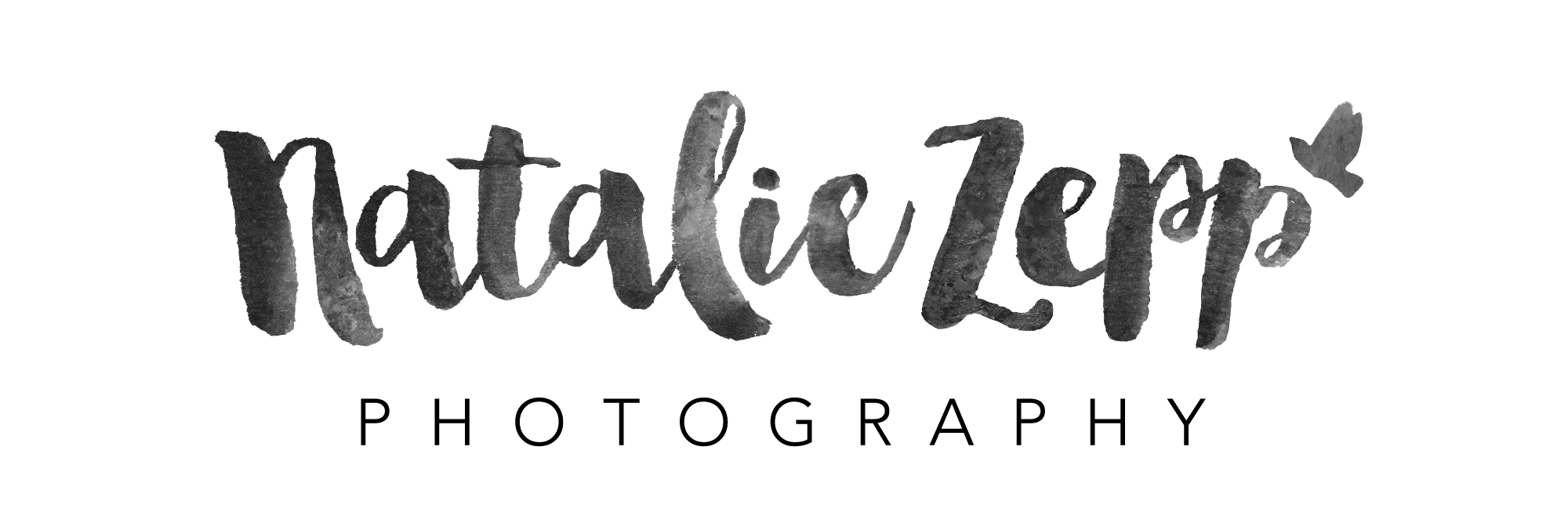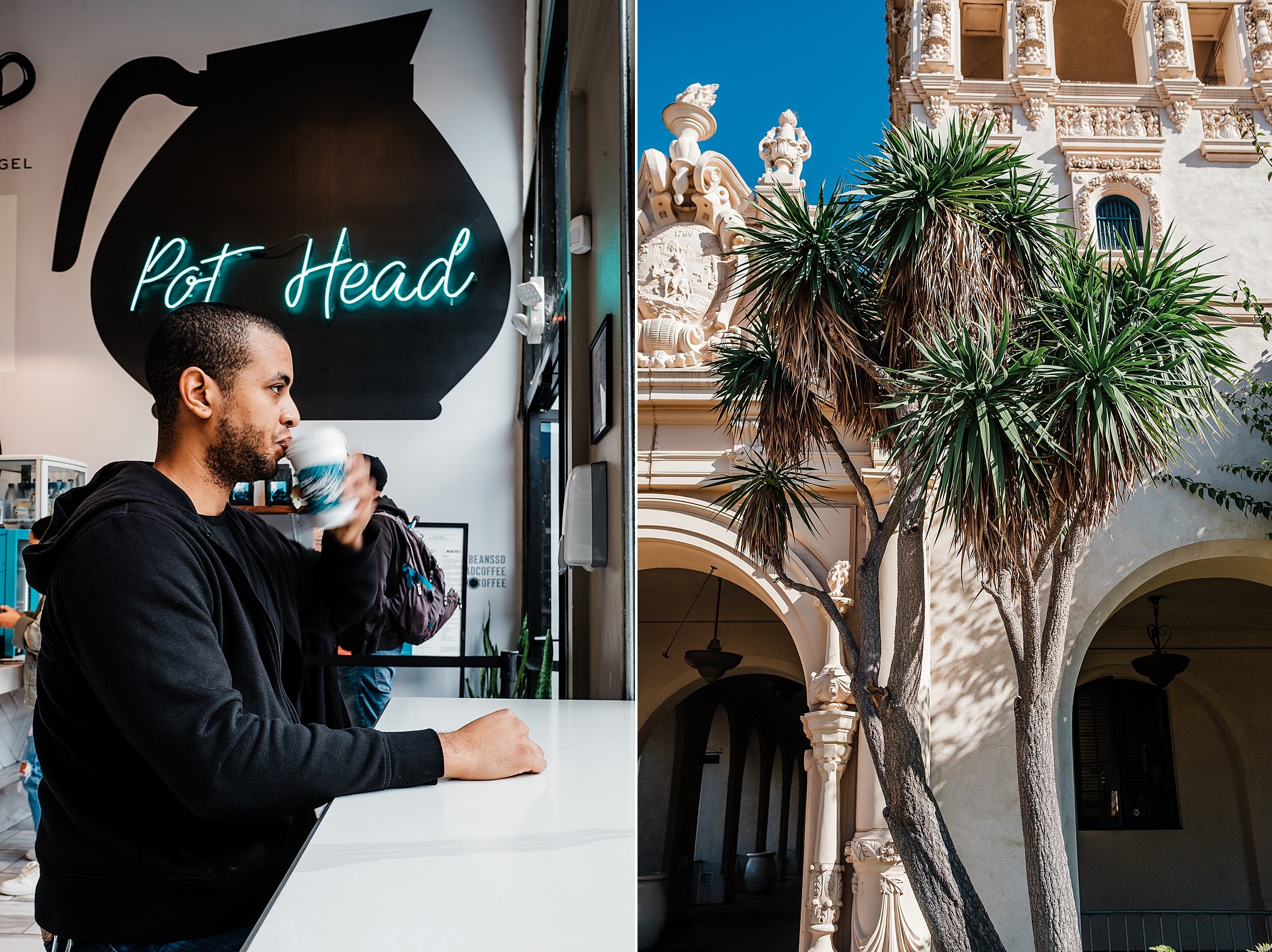Fujifilm Cameras: The Ultimate Choice for Non-Photographers Entering the World of Imagery
Jumping into the world of photography as a non-photographer can be both exciting and overwhelming. Selecting the right camera is crucial. For me, Fujifilm cameras (specifically the X100, XT, and XE series models) have emerged as the ultimate choice for the art of capturing everyday moments. Come with me on a visual exploration of Balboa Park in San Diego as I extoll why I believe Fujifilm cameras are the perfect fit for newbies hoping for professional looking results. I’m highlighting their tactile controls, built-in film simulations, effortless connectivity, portability, and the potential for growth in the world of photography.
All of the images in this post were taken on a trip to San Diego with my Fujifilm XT-3 (except the ‘Pot Head’ photo, which was taken with a super old X-70). This model is several years old, but still serves me well both personally and professionally.
Tactile External Controls and Live Exposure Preview
For non-photographers, the prospect of diving into complex camera settings can be intimidating. Fujifilm addresses this concern by offering cameras with tactile external controls, making adjustments straightforward and intuitive. Physical dials and buttons dedicated to key settings like aperture and shutter speed provide a hands-on, user-friendly experience. Additionally, the live exposure preview feature allows non-photographers to instantly see the impact of their adjustments, turning the learning process into an enjoyable and visually guided experience.
But if your only interest is letting the camera make all of the decisions for you, Fujifilm will knock it out of the park in most conditions. I would highly suggest learning about Exposure Compensation to give yourself a bit more control when Auto Mode isn’t cutting it.
Incredible Built-in Film Simulations
Non-photographers often seek simplicity and immediate results. Fujifilm cameras deliver exactly that with their incredible built-in film simulations. All of Fuji’s cameras come equipped with various film simulation modes that replicate the distinctive characteristics of classic Fujifilm films. This feature eliminates the need for extensive post-processing, allowing non-photographers to achieve beautiful and evocative images straight out of the camera.
And if you want to get more advanced with it, users also have the option to create and save their own custom simulations or input and save recipes developed by other photographers. And if that wasn’t enough, you can even apply different simulations and make tweaks IN CAMERA (if you are shooting in RAW). Social Media and the FujiWeekly blog are excellent places to find new recipes to try as you find what fits your personal style.
While I often edit my RAW images in Lightroom to customize the look of my images, I am usually torn about it. The JPEGs that come out of the camera are just so good. I’m currently experimenting with different recipes in hopes of finding something that I love more than my Lightroom preset.
Effortless Image Transfer and Connectivity
Fujifilm understands that non-photographers want a seamless integration of their photography with the digital world. With built-in Wi-Fi and Bluetooth capabilities, they make it exceptionally easy for users to transfer images to their mobile devices. The user-friendly Fujifilm Camera Remote app simplifies the process, ensuring that even those new to photography can easily share and showcase their captured moments. This app can also be used as a remote trigger for ‘selfies’ if your camera doesn’t have an interval timer.
Portability and Enjoyable Shooting Experience
Non-photographers often value simplicity and a hassle-free shooting experience. (Heck, even as a seasoned pro, the last thing I want to do is lug around a big camera for my personal photos!) Fujifilm cameras, known for their compact size and lightweight design, perfectly cater to this preference. They offer an enjoyable shooting experience with responsive interfaces and tactile controls. Their portability ensures that non-photographers can carry these cameras effortlessly, making the process of capturing moments a joy rather than a chore.
My personal favorite is the Fujifilm X100 series. My X100V has become the only camera I use for travel and street photography. I thought I would miss the ability to change lenses and continued to lug an XT-3 and several lens options on every trip, only for it to never see the light of day. Moral of the story, the lighter you can travel the happier you’ll be.
Professional Cameras with Room for Growth
While designed with simplicity in mind, Fujifilm cameras are by no means limited in their capabilities. The X100, XT, and XE models are part of Fujifilm's professional-grade X-Series. This means that non-photographers have the opportunity to explore and grow in their photographic journey. As their skills evolve, these cameras provide advanced settings, interchangeable lenses (exception: The X100 cameras have a fixed lens), and exceptional image quality, allowing budding creatives to embrace photography at their own pace.
With tactile controls, built-in film simulations, effortless connectivity, and a commitment to user-friendly design, Fujifilm cameras are tailored for those seeking simplicity without sacrificing quality. The portability and enjoyable shooting experience make them the perfect companions for photographers of every experience level, allowing them to effortlessly capture and share moments. Choosing a Fujifilm camera is not just an investment in a device; it's an invitation for non-photographers to explore, create, and grow in the world of photography.
Have I convinced you to buy one yet?
If you’ve made it to the end of this article and find yourself itching to get a Fuji into your hands, I’ll tell you that I have been the happiest with the X100V (and have just received the new X100VI - happy dance!). However, these cameras have a massive cult following and have become hard to get. (My X100VI took seven months, even though I pre-ordered it on the first possible day). If you happen to see one in stock, this is a miracle. Buy it without hesitation.
If you can’t find an X100, or aren’t ready to commit to only having one focal length for everything, I would suggest picking up the latest version of the XE or XT series. The XE series is a bit smaller and more compact, but it’s due for an update. As I am writing this, the XT series has the newest iteration.
Older models can usually be found second hand both online or at local camera stores. But in my personal view, the percentage you save on an older model isn’t often worth not having all of the improvements and new features of the latest model. The increase in image quality with each model or every other model is often significant.
Happy Shooting!








